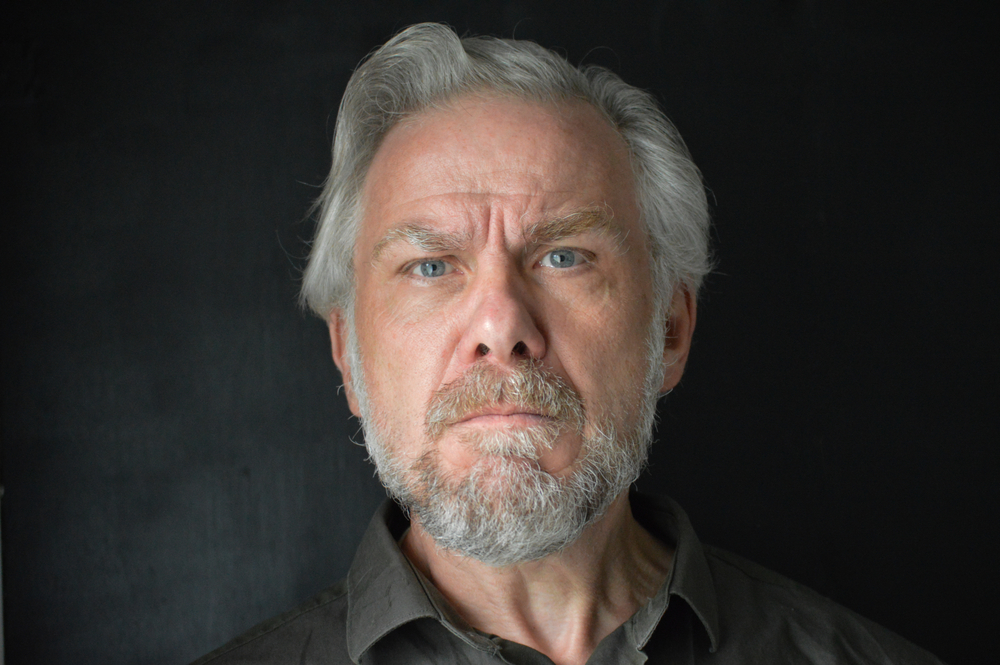A Guest Post by Robert Sommers:
Robert Sommers is a freelance mortgage and real estate writer based out Baltimore. He has worked for over 25 years as a licensed real estate agent in all areas of commercial and residential real estate.
A down payment is a huge financial commitment and very often one of the biggest obstacles in buying a home. Not to mention the fact that due to the recent mortgage meltdown, many lenders are now requiring higher down payments on a mortgage loan, making saving up even more of a challenge. If you want to avoid paying private mortgage insurance, you’ll need to make a down payment of at least 20%. For those unfamiliar, PMI stands for Private Mortgage Insurance which is an extra cost required lenders that is built into your monthly payments for a home mortgage loan greater than 80% of the home’s value.
One of the best ways to save for a down payment is through setting up a savings plan. The first step in doing this is assessing your current financial position. This means taking a look at all of your assets and creating a budget based upon how much you need to save monthly for your down payment. Carefully add up all financial instruments you currently possess- CDs, stocks, bonds, T-Bills, etc. In addition to any mutual funds and even savings/retirement funds- 401K’s, IRA’s, Roth IRA’s, etc., as the proceeds from borrowing against a retirement fund can be used towards making your down payment.
Once you calculate all of your assets, you can get an idea of how much money you’ll need to save by subtracting the total from the amount needed for your down payment. The outcome will aid you in formulating a budget that will help you determine exactly how much you need to save each month towards your down payment.
Once you know how much you need to save every month, you might want to consider holding the funds in a high-yield savings or MMDA- money market account. These offer a great deal of security and liquidity and the interest rates the offer are also very attractive. This will allow you to earn interest on the money you save, thus helping you to reach your down payment goal faster while still giving you easy access to your money.
While the task of saving up for a large down payment may seem daunting, it is definitely doable if you create a budgeting plan and stick with it. While some financial sacrifices may be needed in order to reach your down payment goal, it will all pay off when you purchase your dream home.
————
Note from Carrie: I think it’s great how Robert emphasizes saving, saving, and more saving for your first house. I’ve stressed before how important it is to wait to buy a house until you’re ready – which includes waiting until you have that 20% saved. So many of my friends have bought houses before they are truly ready and are now paying the consequences in terms of being strapped for cash and maxed out credit cards for expenses like maintenance and decor. The message is clear – save, save, save! Happy saving!







That is what I’m doing now. Just putting that money away until I can afford the down payment, closing costs AND the repairs (if necessary).
Hey i love reading your blog! You are way ahead of me and I am much older than you. I so wish I had done what you are doing when I was in my twenties.
I just started a blog-I have no idea what to do-I am challenged in the technology field as well as finances. Oh well, never too late to learn.
BTW-where did you put your links?